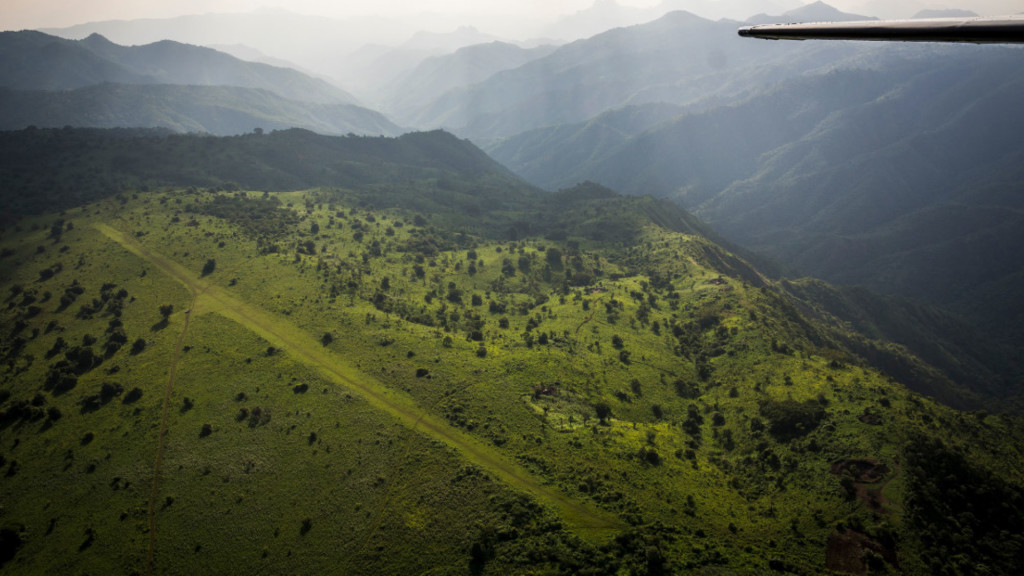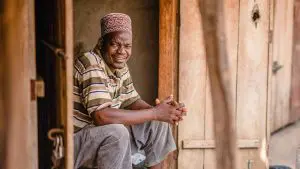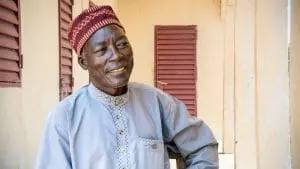[contentblock id=47 img=gcb.png]
Our vision is to see Christ-centred churches across South Sudan; mature churches that are passionate about mission, reaching out to people groups like those in the Didinga hills who have yet to hear the gospel.
A difficult place
South Sudan is a difficult and challenging country to live and work in but as we become more involved in God’s mission to reach the people groups of this country it’s also an exciting location with huge potential. Because of the protracted civil wars, remote locations and a reluctance to ‘hear’ the gospel, there are many people that are still unreached.
Who are the Didinga?
Tradition has the Didinga arriving in their present home during the 16th century, as part of a group migrating either from Lake Turkana or Ethiopia. The East and West banks of the Nile were divided during the British period into Protestant and Catholic influence spheres, which put the Didinga into the Catholic area. Amongst some older people there remains a bit of Catholic influence, but not genuine faith. The Didinga accept the existence of a supreme being, and the sphere of spirits interacting with the living. They worship and sacrifice to spirits and gods and place great importance on the worship of dead ancestors, living in fear of spirits. The rainmaker is an important person in the community, who performs certain rituals and is seen to carry great influence and power.
Sixty thousand Didinga people make up one of the larger unreached people groups in South Sudan’s Eastern Equatoria State (EES). They form two distinct groups, those living in the lowlands to the west of the Didinga Mountains and those actually living in the mountains. Access to the people living in the lower regions is relatively easy, whereas those in the mountains are spread across 30,000 square kilometres, with many communities located in difficult-to-reach valleys, slopes and plateaus. Across the hills there are no roads, poor public radio coverage and a very limited cell phone network.
To the highlands from the lowlands
It’s this inaccessibility that means many of the Didinga mountain people have never heard the gospel. Whilst villages in the lowland areas are evangelised, the churches are not proclaiming the gospel to the lesser reached locations, particularly on the mountains where an estimated 30,000 people live without a single church that declares Christ as Lord.
Nagishot International Airport: Access to the Didinga can be obtained via a small airstrip at Nagishot. This 1km grass runway is perched on top of one mountains where the Didinga live.
Our vision is to see maturing churches planted on the mountains, encouraged and equipped by the Africa Inland Church South Sudan, as those in the lowland areas begin to reach their own people. However, until now, the mountain people have been resistant to receiving the gospel. Therefore our strategy is to support the South Sudanese church through placing a Focus team amongst the lowland areas in the summer of 2016, to help the lowland Didinga churches reach the Didinga mountain people. To do this effectively the team will spend six months learning language and culture, and from then on seek to engage with both the church and the Didinga mountain people, sharing practical skills, as well as the gospel. That could mean developing agricultural practices in this fertile region where there is huge potential for growing fruit, vegetables and grain. It could also mean using medical skills in an area where child mortality is high or teaching literacy skills ready for the day when the Didinga have their own Bible. But ultimately this team will be working to evangelise, train and equip the local church with a vision to see Christ-centred churches planted amongst the Didinga mountains.





